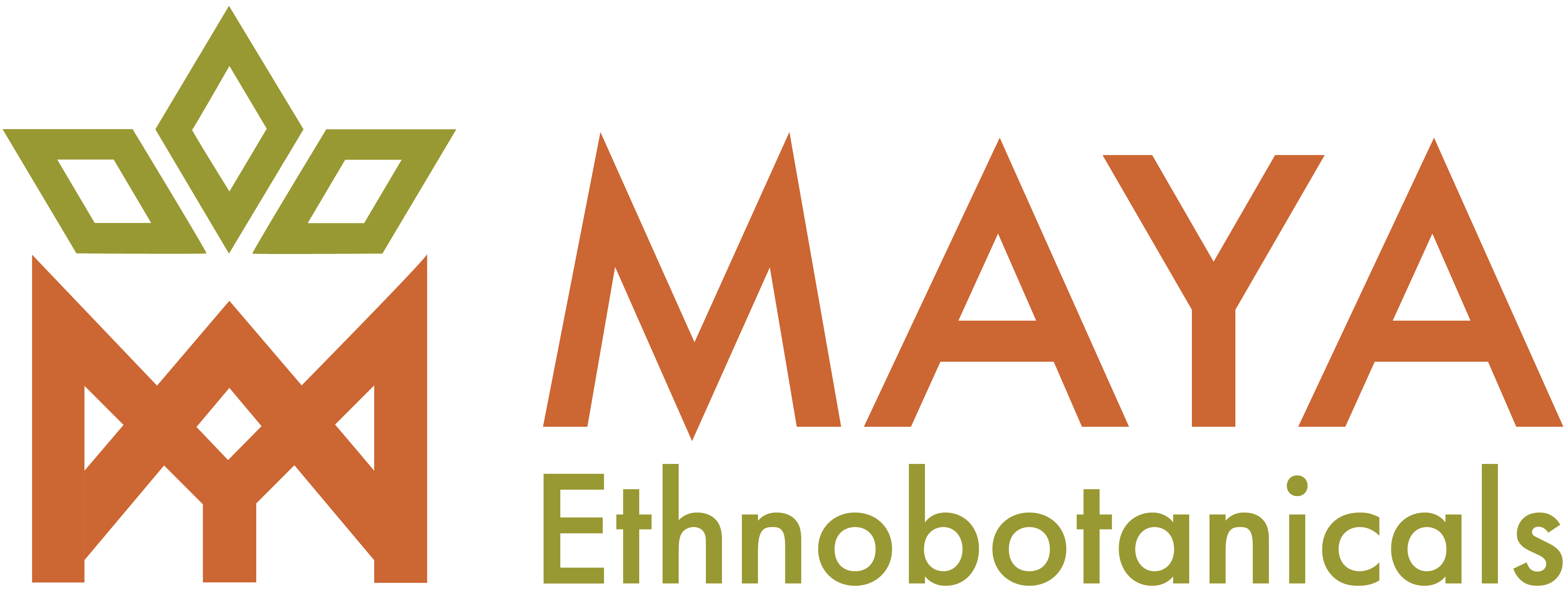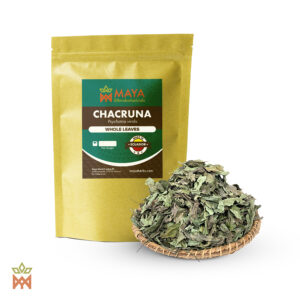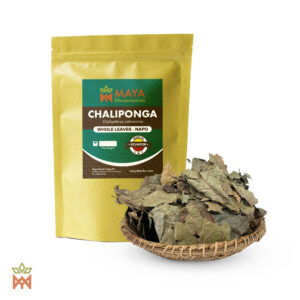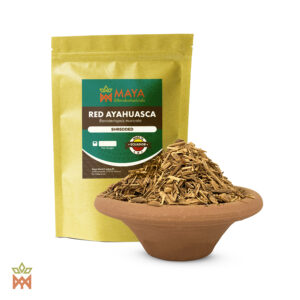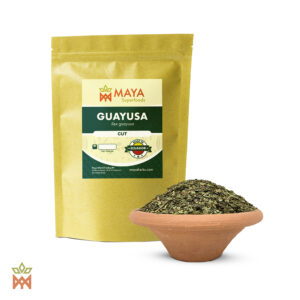The Quichua Tribe of Ecuador: Guardians of the Amazon and Keepers of Shamanic Wisdom
The Quichua people, also known as Kichwa, are one of the largest indigenous groups in Ecuador. They inhabit vast regions across the Andean highlands and Amazon Rainforest, stretching from Ecuador into parts of Peru, Colombia, and Bolivia. These regions, rich in biodiversity and cultural history, have been home to the Quichua people for centuries. In Ecuador, their presence is deeply rooted in both the Amazonian lowlands and the Andes Mountains, where their connection to the land and its resources forms the foundation of their identity, spirituality, and livelihood.
At Maya Herbs, we proudly partner with the Quichua communities of the Amazon, sourcing ethically harvested medicinal plants, including Guayusa, Banisteriopsis caapi, and a variety of sacred herbs and tinctures. These partnerships are built on mutual respect, trust, and the preservation of the Quichua’s profound shamanic traditions.
Historical Background: A Legacy of Resilience
The Quichua people are part of a larger ethnic group that can trace its origins back to the Inca Empire, which expanded from its stronghold in Cusco, Peru, during the 15th century. As the empire extended into Ecuador, the Incan rulers assimilated local groups, spreading their language, Quechua, which became the dominant language across much of the Andean region. This linguistic heritage is why Quichua is one of the most widely spoken indigenous languages in South America today.
Despite the spread of Quechua language and culture, the Quichua of Ecuador retained many elements of their pre-Incan heritage, especially in their spiritual practices and relationship with the natural world. The arrival of Spanish colonizers in the 16th century brought about drastic changes, including the forced conversion of indigenous peoples to Christianity and the imposition of foreign governance. However, the Quichua people demonstrated incredible resilience, preserving their unique cultural identity and ancestral wisdom through centuries of colonization, political upheaval, and modern-day challenges.
Today, the Quichua continue to thrive, maintaining a deep spiritual connection to the land, their traditions, and the medicinal plants that are integral to their way of life. Their shamanic practices have been passed down through generations, ensuring that the knowledge of their ancestors continues to guide and heal their communities.
Geography and Lifestyle
The Quichua people of Ecuador are primarily divided into two geographic regions: the Amazonian lowlands and the Andean highlands.
- Amazonian Quichua: The Amazonian Quichua, known as the Quichua Runa, inhabit the eastern part of Ecuador in the provinces of Napo, Pastaza, Morona-Santiago, and Sucumbíos. The Quichua Runa have developed a unique culture shaped by the vast tropical rainforest, which they have called home for centuries. They rely on the Amazon Rainforest for sustenance, using traditional farming methods, hunting, fishing, and foraging for wild plants and animals. Their homes are built from natural materials, such as wood, thatch, and bamboo, blending seamlessly into the environment.
The Amazonian Quichua are known for their shamanic traditions, which focus heavily on the use of sacred plants like Guayusa and Banisteriopsis caapi. These plants are used in ceremonies that facilitate healing, spiritual connection, and the pursuit of wisdom. Their relationship with the forest is spiritual, and every plant, animal, and river is seen as alive and imbued with spirit.
- Highland Quichua: The highland Quichua live in the Andean mountains, where they practice agriculture on the steep, terraced slopes. Crops such as potatoes, maize, and quinoa are staples of their diet, and they are skilled in animal husbandry, particularly the raising of llamas and alpacas. Their communities are characterized by their communal nature and strong kinship bonds, with traditional clothing, weaving, and music remaining central to their cultural identity.
While both groups of Quichua share the same language and many cultural practices, their lifestyles are shaped by the distinct ecological environments they inhabit. However, regardless of where they live, the Quichua maintain a deep sense of reverence for nature and ancestral knowledge, both of which are reflected in their shamanic traditions.
Shamanic Traditions: The Spiritual Heart of Quichua Life
The shamanic practices of the Quichua people are at the core of their cultural and spiritual life. For the Quichua, the material and spiritual worlds are intertwined, and shamans, known as Yachaks, act as intermediaries between these realms. The Yachaks possess deep knowledge of the medicinal plants of the rainforest, including Guayusa, Ayahuasca (Banisteriopsis caapi), and various other healing herbs.
The role of the shaman is to maintain balance within the community, to heal physical and spiritual ailments, and to provide guidance through visions and dreams. This knowledge is passed down through generations, with each shaman undergoing years of rigorous training, often involving fasting, vision quests, and isolation in the jungle.
The Use of Sacred Plants in Shamanism
The use of sacred plants is central to Quichua shamanic rituals, and each plant is believed to possess unique spiritual properties that can aid in healing, divination, and spiritual exploration.
- Guayusa: Known as the “Night Watchman” and revered for its ability to provide sustained energy and mental clarity, Guayusa is consumed daily by the Quichua in the early morning hours. The leaves are brewed into a tea that is drunk as part of a morning ritual, during which the shaman and community members gather around the fire to discuss their dreams and receive spiritual insight. Guayusa is also believed to aid in lucid dreaming and protection during the dream state.
- Banisteriopsis Caapi: Known to the Quichua as one of the most sacred plants in their tradition, caapi is the main ingredient in the Ayahuasca brew. This brew is used in shamanic ceremonies to connect with the spirit world, gain wisdom, and heal emotional and physical wounds. The Quichua shamans believe that Ayahuasca opens pathways to deep spiritual understanding and personal transformation. In Quichua ceremonies, participants are often guided by the shaman through visions that help them confront personal challenges, receive guidance from ancestors, and heal on a profound level.
- Palo Santo: Another important plant in Quichua spirituality is Palo Santo, or “Holy Wood.” This sacred wood is burned during rituals to purify the space, clear negative energy, and create a sense of spiritual protection. Palo Santo is often used in combination with other plants like Copal to enhance its cleansing effects.
- Incenses and Tinctures: The Quichua use a wide variety of incenses and herbal tinctures in their spiritual practices. These are used to promote healing, calm the mind, and open spiritual channels during ceremonies. Incenses made from Copal, Palo Santo, and other Amazonian herbs are burned to cleanse the body, mind, and spirit, creating a protective shield around the participants.
Dream Interpretation and Spiritual Guidance
Among the most important aspects of Quichua spirituality is the interpretation of dreams. Dreams are seen as a direct form of communication with the spirit world, and they are an essential tool for shamans to understand the spiritual health of their community. During early morning Guayusa rituals, members of the tribe often share their dreams with the shaman, who interprets them to provide guidance, predict challenges, and offer spiritual advice.
This practice of dream interpretation reinforces the Quichua belief that the spiritual and physical worlds are interconnected and that balance between the two is essential for well-being. By honoring their dreams and seeking the shaman’s guidance, the Quichua people maintain a spiritual connection that transcends the material world.
Maya Herbs and the Quichua Tribe: A Partnership Built on Respect
At Maya Herbs, we are honored to work with the Quichua people to bring their sacred plants and spiritual traditions to a wider audience. Our partnership is based on mutual respect and a shared commitment to sustainability. We work directly with the Quichua communities to source Guayusa, Banisteriopsis caapi, and other sacred herbs, ensuring that these plants are harvested in a way that respects the natural cycles of the forest.
By purchasing from Maya Herbs, you are not only receiving the finest quality organic and ethically sourced products but also contributing to the preservation of indigenous knowledge and the well-being of the Quichua people.
Through our ongoing collaborations, we aim to support the Quichua in maintaining their cultural traditions, preserving the biodiversity of the forest, and creating sustainable livelihoods through the sale of their traditional plants and crafts.
